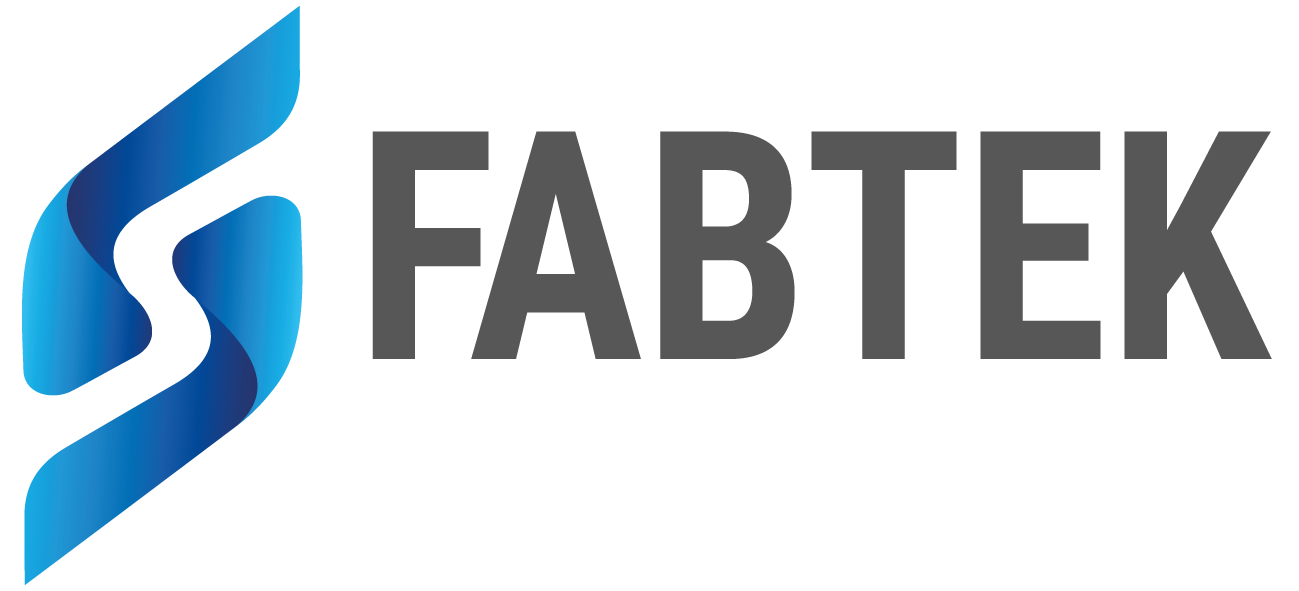Unveiling the Latest Cyber Threats
Protecting Our Digital World against Cybercriminals

As technology advances, so does the sophistication of cyber threats. In today’s digital age, it is crucial to stay informed about the latest cyber threats to protect ourselves, our organizations, and our nations. Let’s delve into some of the most pressing cyber threats that are currently posing significant risks.
- Ransomware Attacks: Holding Data Hostage – Ransomware attacks have become one of the most prevalent and damaging cyber threats. In these attacks, cybercriminals exploit vulnerabilities in computer systems and encrypt sensitive data, rendering it inaccessible to its rightful owners. These attackers demand a ransom, usually in cryptocurrency, in exchange for the decryption key. The scale and impact of these attacks have escalated in recent years, affecting critical infrastructure, healthcare institutions, and government agencies. High-profile incidents, such as the attack on a major fuel pipeline and a prominent software company, have exposed the vulnerability of our interconnected systems. Organizations and individuals must prioritize robust cybersecurity measures, including regular data backups, network segmentation, and employee training to identify and prevent phishing attempts and other attack vectors.
- Phishing and Social Engineering: Exploiting Human Vulnerabilities – Phishing attacks remain a constant threat, leveraging social engineering techniques to manipulate individuals into revealing sensitive information. Cybercriminals use deceptive emails, fraudulent phone calls, and even deepfake technology to exploit human vulnerabilities and gain unauthorized access to personal or corporate data. As technology evolves, so do the tactics employed by attackers, making it increasingly challenging to identify and thwart phishing attempts. To combat this threat, organizations and individuals must prioritize cybersecurity awareness and education. Implementing robust email filtering, multi-factor authentication, and regular security training can significantly reduce the risk of falling victim to phishing attacks. Additionally, fostering a culture of skepticism and encouraging individuals to verify the legitimacy of requests can go a long way in preventing successful social engineering attacks.
- Internet of Things (IoT) Vulnerabilities: A Growing Concern – The proliferation of Internet of Things (IoT) devices has brought about new cybersecurity challenges. Many IoT devices lack adequate security measures, use default passwords, or do not receive regular updates, making them prime targets for cybercriminals. Compromised IoT devices can be exploited to launch large-scale Distributed Denial of Service (DDoS) attacks, steal personal information, or infiltrate home and business networks. To mitigate this risk, manufacturers must prioritize security measures in IoT devices, including strong authentication mechanisms, regular firmware updates, and robust encryption. Additionally, users should change default passwords, segment their networks, and keep their devices updated. Collaboration between manufacturers, policymakers, and cybersecurity experts is crucial to establish comprehensive security standards and ensure the integrity of IoT ecosystems
- Supply Chain Attacks: Targeting Trust – Supply chain attacks have gained prominence as cybercriminals exploit vulnerabilities within software or hardware supply chains. By compromising trusted suppliers, attackers can infiltrate entire networks or implant malicious code within legitimate software updates. These attacks can have far-reaching consequences, impacting multiple organizations and their customers. To defend against supply chain attacks, organizations must implement rigorous security assessments of their vendors, closely monitor software and hardware supply chains, and establish incident response plans. Adopting best practices, such as code signing, multi-factor authentication for software updates, and supply chain integrity checks, can help identify and mitigate potential threats.
The rapidly evolving landscape of cyber threats demands constant vigilance and proactive defense measures. Staying updated on the latest cyber threats is crucial for individuals, organizations, and governments alike. By implementing robust cybersecurity practices, fostering a culture of awareness, and collaborating across sectors, we can protect ourselves in this digital era and safeguard our interconnected world.


